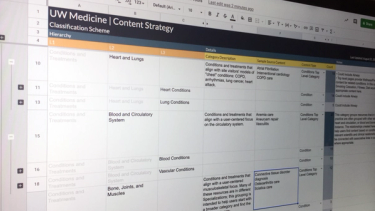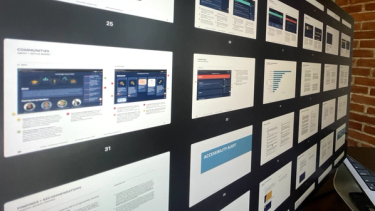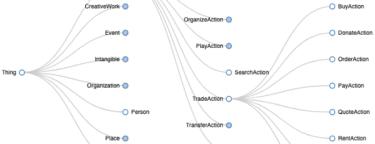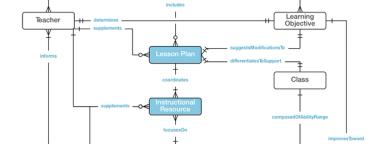How to Choose Topics for Card Sorting

Like many “so easy anyone can do it processes,” there is a pitfall in setting up and running an effective card sorting exercise: selecting the right topics for cards. With a little bit of preparation, teamwork, and in-person (or virtual) facilitation, it’s possible to fine tune your card sorting exercise set-up process to substantially improve both the quality of your results, and the depth of insight those results reveal.








